-

Island Climate Update maps
Software Tool/ResourceNIWA Island Climate Update forecast maps -
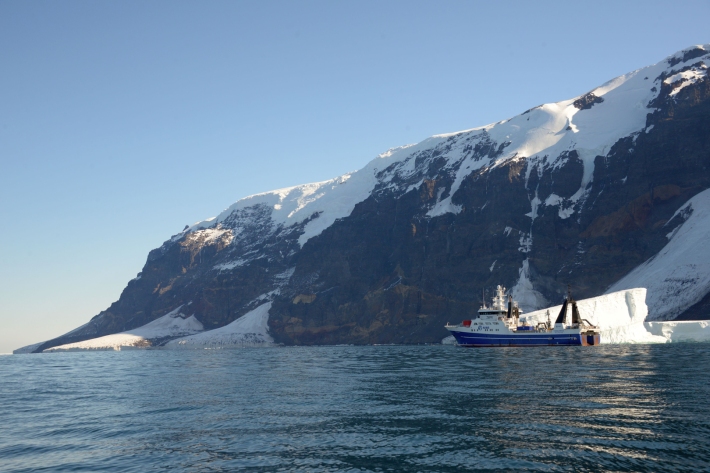
Record low sea ice levels mixed bag for Antarctic voyage
Media release23 February 2023Scientists from the National Institute of Water and Atmospheric Research (NIWA) have returned from a six-week voyage to Antarctica. -
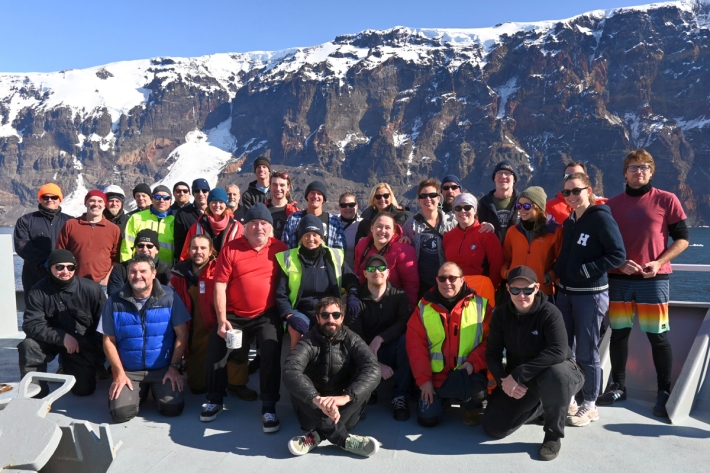
TAN2302 voyage update - 20 February 2023
We are happily heading back from a highly successful trip to the frozen continent knowing that the data from this voyage will contribute to a broad body of science critically important to understanding the Ross Sea ecosystem and the impacts of climate change. -
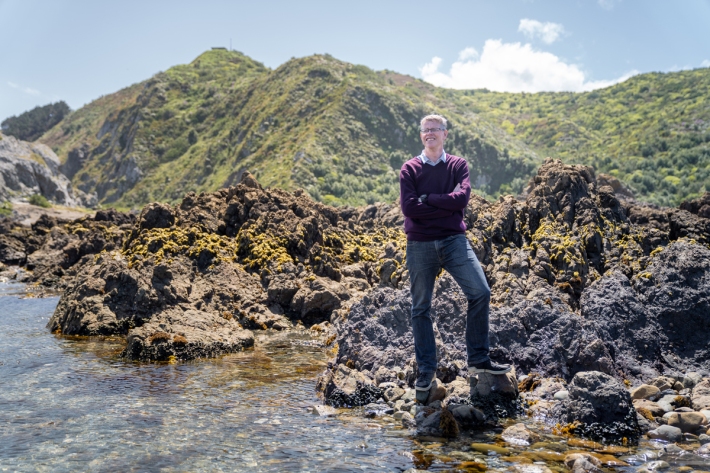
Research aims to quantify New Zealand’s Blue Carbon capacity of kelp seaweeds
Media release20 February 2023A research project co-led by Blue Carbon Services and NIWA will aim to provide New Zealand’s first national estimate of natural kelp-carbon sequestration in the marine environment. -
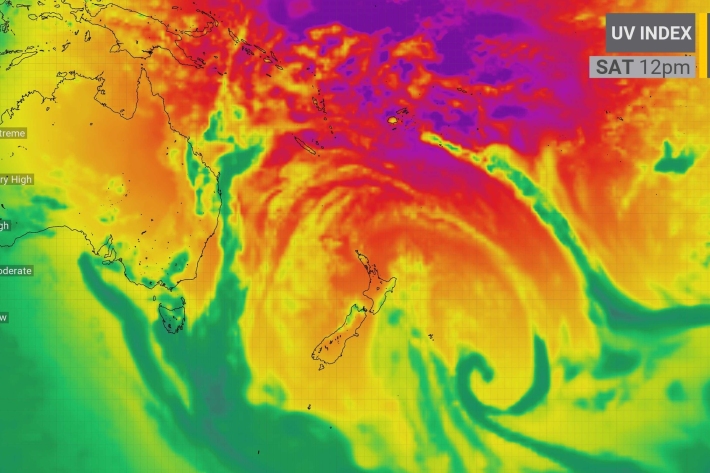
High UV prompts SunSmart warnings
Media release20 February 2023Ultraviolet (UV) radiation levels are averaging higher in 2022 compared to 2021, atmospheric scientists are warning. -
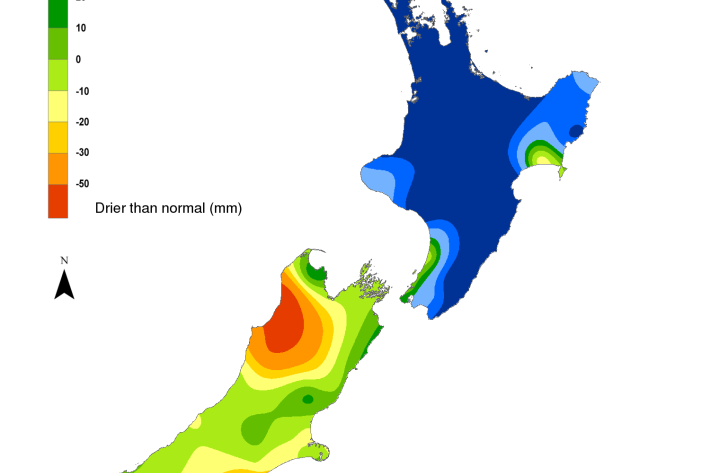
Hotspot Watch 16 February 2023
Hotspot16 February 2023A weekly update describing soil moisture patterns across the country to show where dry to extremely dry conditions are occurring or imminent. Regions experiencing significant soil moisture deficits are deemed “hotspots”. Persistent hotspot regions have the potential to develop into drought. -
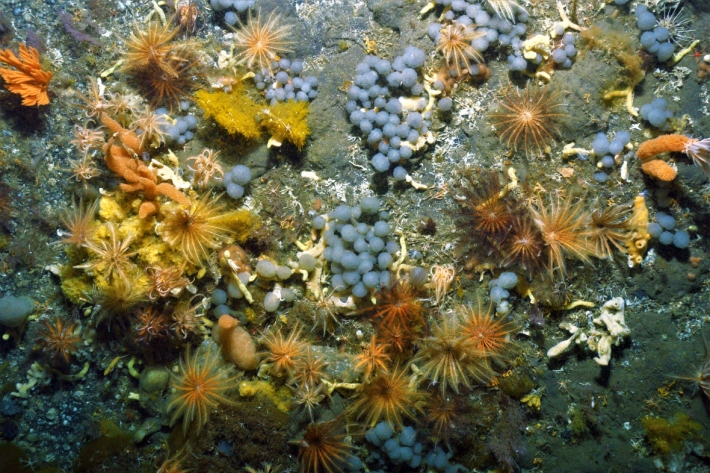
TAN2302 Voyage update 1
One of our main tasks for this voyage is to better understand the geographic distribution - biogeography - of Antarctic organisms in the western Ross Sea, from the frozen coast out onto the continental shelf at 500m deep. -
TAN2302 voyage update - 10 February 2023
We have now visited 23 separate sites in these coastal areas, albeit some of them very close together. Every time we visit a new site, we first need to map the seafloor as we are working in unchartered coastal waters. -
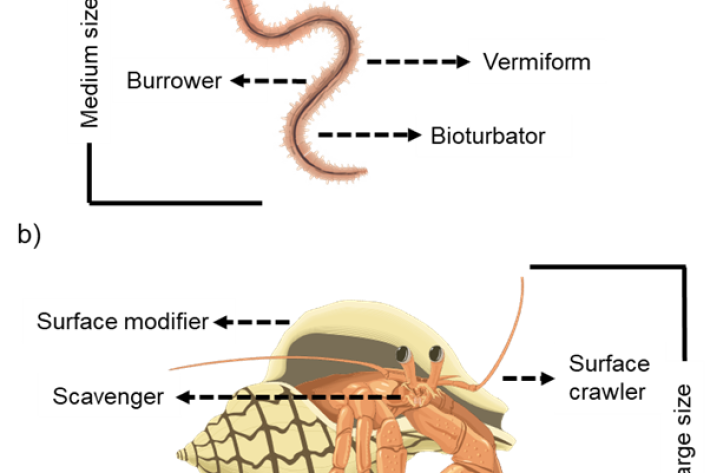
NZTD - The New Zealand Trait Database for marine benthic invertebrates
Software Tool/ResourceTraits are defined as the components of organisms that can be measured and have an effect on ecosystem functioning. Examples of traits include the behaviour, life history, morphology, and physiology characteristics -
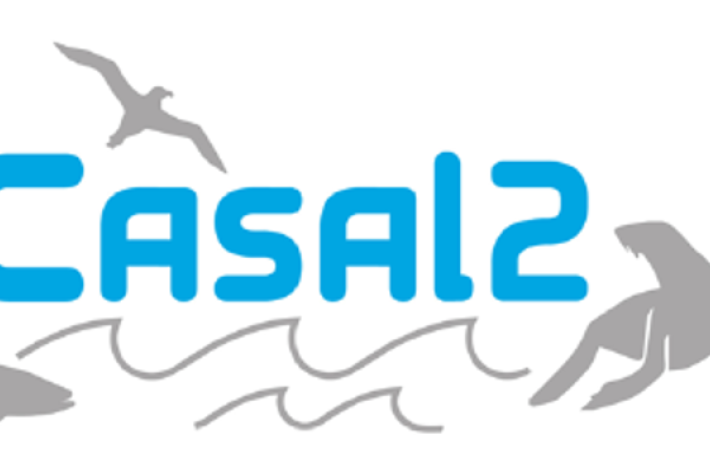
Population modelling software Casal 2
Software Tool/ResourceCasal2 is an advanced software package developed by NIWA for modelling the population dynamics of marine species. -
![Image of mayflies [from NIWA Benthic Macroinvertebrates Field Identification Guide]](/sites/default/files/styles/card/public/2023-02/Mayfly-image-NIWA.jpg?h=999433cf&itok=sWBAlWU1)
Freshwater invertebrate identification and e-guides
Education ResourceDownloadable and printable guides on identification of common freshwater invertebrates found in New Zealand waterways and lakes. -
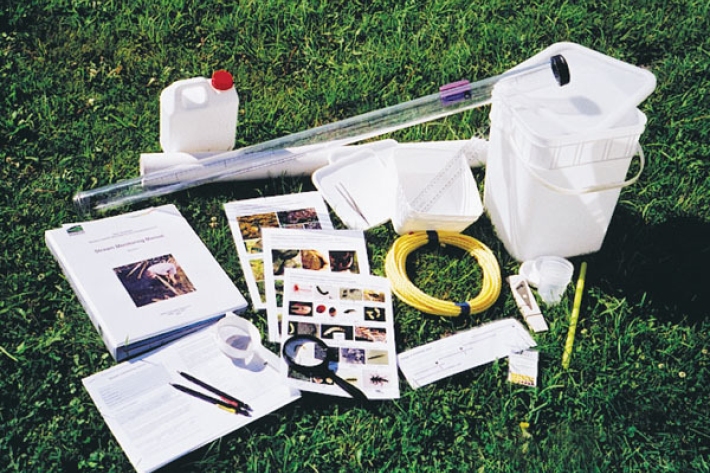
Stream Health Monitoring and Assessment Kit (SHMAK)
NIWA’s Stream Health Monitoring Assessment Kit (SHMAK) gives land owners, iwi, school and community groups simple, scientifically-sound tools and resources to monitor the ecological health of New Zealand’s streams.
